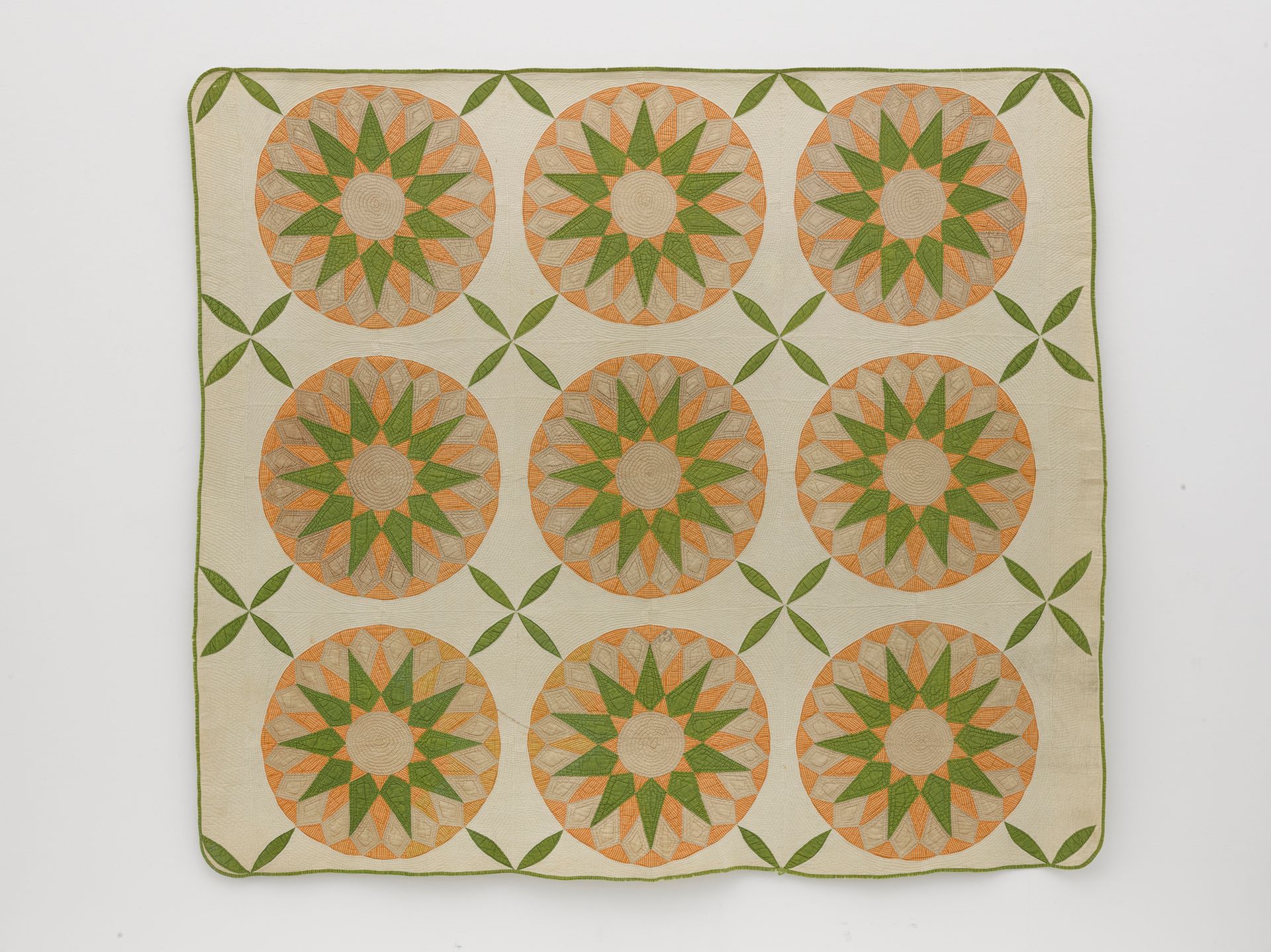Quilts and tapestries have been undergoing reappraisal in fine art circles for several years now, and an exhibition opening at White Cube in London next month is testament to their increased selling power. But this exhibition, titled Losing the Compass (8 October-9 January 2016) after a tapestry by Alighiero Boetti, delves into the politics of textiles and quilt-making.
The part-selling show, which has been organised by the independent curator Scott Cameron Weaver, includes five quilts made by the women of Gee's Bend, a remote black community in Alabama whose inhabitants are mostly descended from slaves.
Three works are by Leola Pettway, who started making quilts when she was 11 out of “old dresses that was too raggly to wear”, according to her profile on Souls Grown Deep Foundation, an organisation dedicated to preserving and exhibiting works by self-taught African American artists.

Another remote US community is represented in the exhibition: ten quilts made by Amish women come from the collection of Lois Stulberg. Although Amish people shunned art for art’s sake, quilting became an acceptable practice in the late 1800s.
An increasing number of contemporary artists are also turning their hand to textiles. Sterling Ruby is creating two new fabric collages that repurpose rags, fabric scraps, clothing and denim that hold personal significance for the US artist. The works recall the utilitarian quilts of the artists from Gee's Bend as well as the Japanese textile tradition of boro.
The Danish-Vietnamese artist Danh Vo is also producing a new work as part of a series he began last November for his solo show at Mexico’s Museo Jumex. The work consists of a cochineal-dyed rug, created by weavers in a village in Oaxaca. Collectors can acquire the carpet for the same price Vo paid for its production. The gallery declined to say how much that is.
“Danh’s work should be framed as the work of an entire Oaxacan village, whose economy has been grafted onto an entirely different system of circulation, inside which the carpets maintain the same value paid for their production, to highlight the disparity between the systems rather than profit from it,” says Mathieu Paris, the director of private sales at White Cube.
Seven Boetti tapestries created by Afghani women in the late 1970s and 1980s, priced between €25,000 and €500,000, are also on show. “Boetti was taking drugs in Afghanistan at that time,” Paris says. “Losing the Compass is partly about losing the mind, and partly about the discord between East and West during that period.”
The various textiles in the exhibition are deliberately presented without distinction between the traditional boundaries of art, design and craft. “This curatorial decision highlights various and diverging approaches to production, authorship and collaboration, which stem from various historical traditions,” Paris says.
The other artists in the show are Mona Hatoum, Mike Kelley, Rudolf Stingel, Sergej Jensen, Franz West and William Morris.

